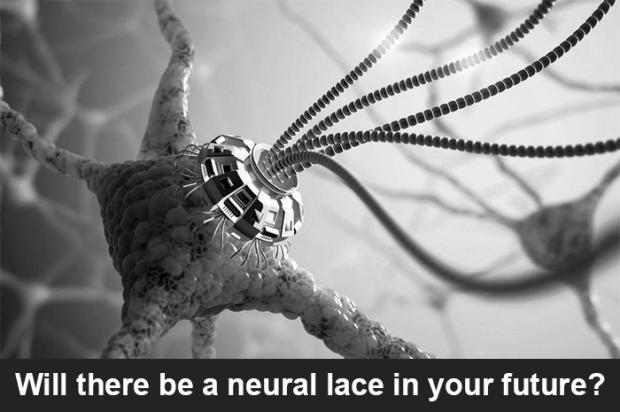
Breaking News
 Private Equity Plan to Steal Your Home.
Private Equity Plan to Steal Your Home.
 Comfy custom-fit saddle is 3D-printed according to data from your butt
Comfy custom-fit saddle is 3D-printed according to data from your butt
 WHO and EU Launch AI System To Monitor Social Media And Online "Misinformation" In Real T
WHO and EU Launch AI System To Monitor Social Media And Online "Misinformation" In Real T
 Why 'Mirror Life' Is Causing Some Genetic Scientists To Freak Out
Why 'Mirror Life' Is Causing Some Genetic Scientists To Freak Out
Top Tech News
 Future of Satellite of Direct to Cellphone
Future of Satellite of Direct to Cellphone
 Amazon goes nuclear with new modular reactor plant
Amazon goes nuclear with new modular reactor plant
 China Is Making 800-Mile EV Batteries. Here's Why America Can't Have Them
China Is Making 800-Mile EV Batteries. Here's Why America Can't Have Them
 China Innovates: Transforming Sand into Paper
China Innovates: Transforming Sand into Paper
 Millions Of America's Teens Are Being Seduced By AI Chatbots
Millions Of America's Teens Are Being Seduced By AI Chatbots
 Transhumanist Scientists Create Embryos From Skin Cells And Sperm
Transhumanist Scientists Create Embryos From Skin Cells And Sperm
 You've Never Seen Tech Like This
You've Never Seen Tech Like This
 Sodium-ion battery breakthrough: CATL's latest innovation allows for 300 mile EVs
Sodium-ion battery breakthrough: CATL's latest innovation allows for 300 mile EVs
 Defending Against Strained Grids, Army To Power US Bases With Micro-Nuke Reactors
Defending Against Strained Grids, Army To Power US Bases With Micro-Nuke Reactors
Elon Musks 'Neural Lace' To 'Achieve Symbiosis With Machines'

Elon Musk is having a hard time at the moment. Amid all the sound and fury, however, it's sometimes easy to forget that he's constantly coming up with new, visionary ideas, including the Hyperloop. Another future endeavor that may have been lost in the noise involves a so-called "neural lace," an interface that links human brains with computer software.
After discussing the possibility of such a device at Code Conference in California this June, Musk took to Twitter to update the world on the idea. He claims that a neural lace will help humans "achieve symbiosis with machines," a subset of a movement known as transhumanism.
According to Inverse, Musk's invention will be a computer interface woven into the brain, allowing the user to access, for example, the Internet just by thinking, and even perhaps store backups of a person's mind in case the person physically dies. By being wirelessly enabled, the device could allow us to write, paint, and communicate just by thinking.

 SpaceX Heat Shield and Starship Mass Production
SpaceX Heat Shield and Starship Mass Production

